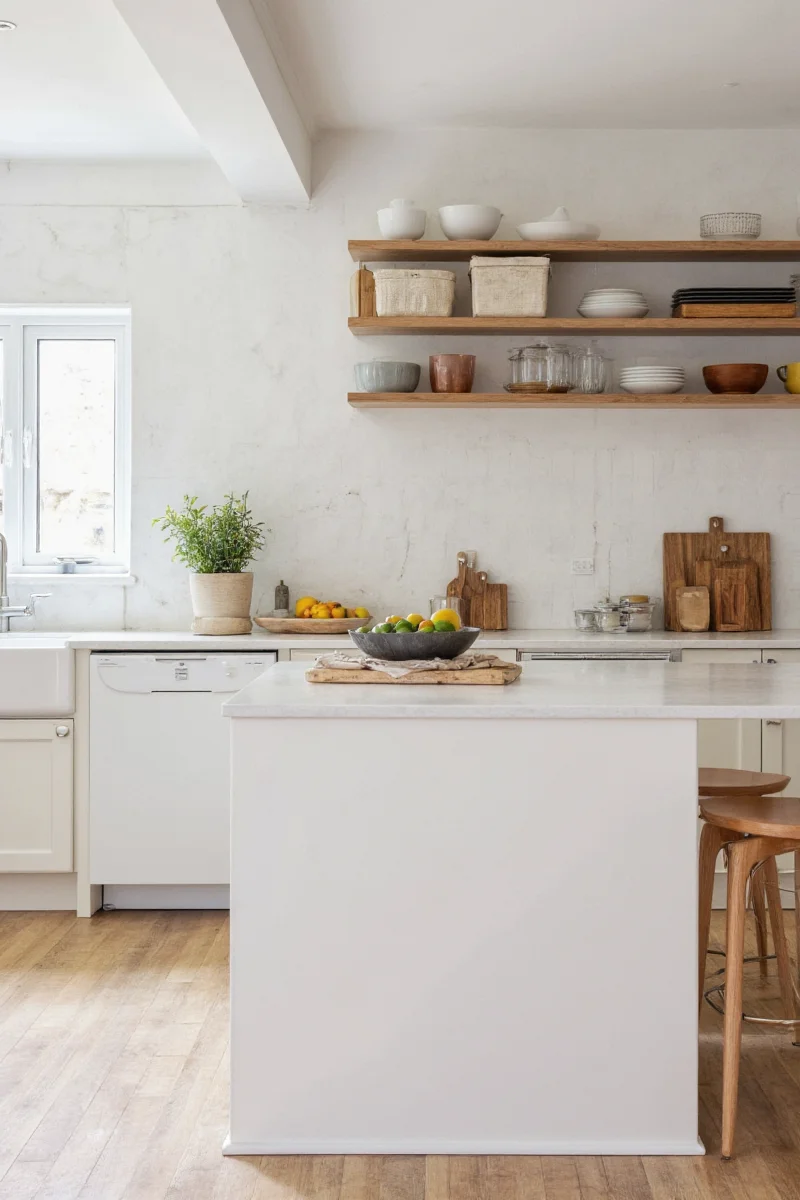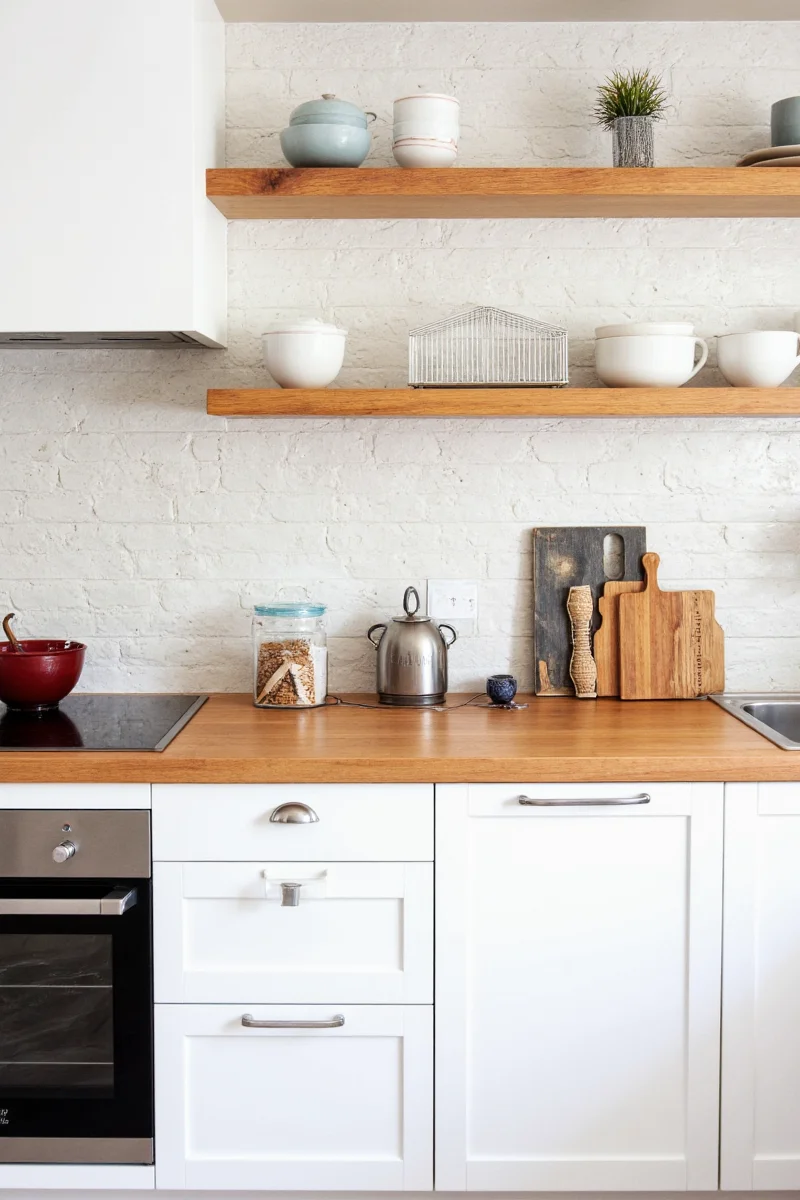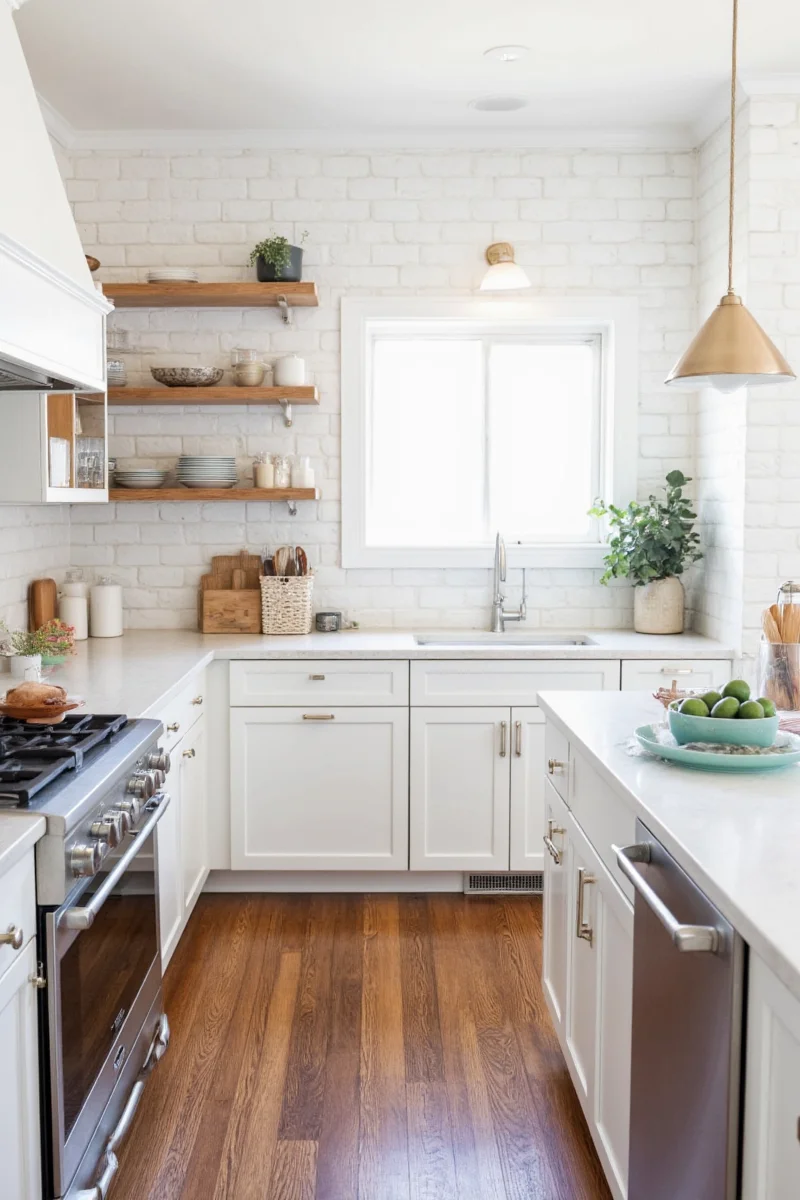5 Fun & Functional Tips to Create Your Own Kitchen (Without Losing Your Sanity)
Introduction: Why Your Kitchen Deserves a Makeover
Your kitchen isn’t just where you cook—it’s the heart of the home. It’s where breakfast happens, homework gets done, and spontaneous dance parties erupt after school. But let’s be real: designing a family-friendly kitchen can feel like herding cats while juggling flaming marshmallows. You want it stylish, safe, functional, and yes—still kid-friendly.
Why This Guide Works for Both Pros & Homeowners
Whether you're a seasoned interior designer or a parent trying to survive another day of spilled spaghetti sauce, this guide is for you. We’re mixing practicality with personality, safety with style, and we promise not to mention shiplap once (unless it’s ironic).
The Ultimate Kitchen Design Checklist: Family-First Edition
- ✅ Safe storage solutions that hide chaos
- ✅ Durable surfaces that survive sticky fingers
- ✅ Layouts that make meal prep less of a circus act
- ✅ Kid-sized zones that empower tiny chefs
- ✅ Aesthetic touches that don’t scream "I gave up on Pinterest!"
Tip #1: Choose the Right Layout—Because No One Likes Tripping Over Kids
Kitchen layouts are more than just lines on a blueprint—they’re about flow, function, and survival. Here’s how to choose the best one for your family:
| Layout Type | Pros | Cons | Best For |
|---|---|---|---|
| L-Shaped | Efficient workflow, great for small spaces | Limited counter space in very tight setups | Families with kids under 6 |
| U-Shaped | Maximum counter space, ideal for multitasking | Can feel cramped without enough clearance | Large families or cooking enthusiasts |
| Galley | Super efficient, perfect for small kitchens | Traffic jam risk if too narrow | Urban apartments or minimalist homes |
| Open Plan | Connects with living/dining areas, great for supervision | Noise and mess spread easily | Modern families who love interaction |

Pro Tip:
If you have young kids or pets, aim for at least 42” between countertops and islands to prevent elbow-to-nose collisions. Trust us, it’s a thing.
Tip #2: Invest in Kid-Friendly Surfaces That Survive Everything (Including Science Projects)
Let’s face it: kids drop things. A lot. So do their toys, backpacks, and mystery goop from science class. Here’s what to choose when picking countertop materials:
| Material | Durability | Ease of Cleaning | Aesthetic Appeal | Budget Level |
|---|---|---|---|---|
| Quartz | ★★★★☆ | ★★★★★ | ★★★★☆ | Moderate |
| Granite | ★★★★★ | ★★★☆☆ | ★★★★★ | High |
| Stainless Steel | ★★★★☆ | ★★★★★ | ★★☆☆☆ | High |
| Laminate | ★★☆☆☆ | ★★★★☆ | ★★☆☆☆ | Low |
Recommended Product: Caesarstone Quartz Countertops
Looking for a material that looks fancy but wipes clean like a toddler’s nose? Check out Caesarstone quartz. It comes in over 50 colors and resists stains, scratches, and heat. Plus, it doesn’t need sealing—ever.
- Recommended Use: Everyday cooking + messy family meals
- Recommended For: Families with children aged 3–12
- Perfect For: Thanksgiving dinner prep (you know what we mean)
Tip #3: Create Zones—So Everyone Knows Where to Be (and Not Be)
Zoning your kitchen makes it easier to manage multiple tasks—and people. Think of it as creating lanes in a chaotic game of kitchen bowling.
- Cooking Zone: Keep pots, pans, and spices within reach.
- Snack Zone: Low shelves with healthy options accessible to little hands.
- Homework Zone: A mini table next to the fridge with magnetic boards and charging stations.
- Kid Chef Zone: Rolling step stools, child-safe utensils, and fun aprons!

Tip #4: Add Personality Without Sacrificing Safety
Your kitchen should reflect your family’s vibe—but not end in an emergency room visit. Balance creativity with common sense:
- Choose soft-edged bar stools instead of sharp metal ones.
- Opt for matte finishes to hide fingerprints.
- Hang art securely or use adhesive frames that won’t fall.
- Add color with peel-and-stick backsplash tiles or chalkboard paint.
Recommended Product: WallPops Peel & Stick Backsplash Tiles
If you’re not ready to commit to permanent tile work, these removable backsplash stickers come in dozens of patterns—from marble to neon polka dots.
- Features: Easy to apply, repositionable, water-resistant
- Benefits: No grout, no tools, no stress
- Recommended Use: Renters, DIY lovers, quick updates

Tip #5: Storage Solutions That Hide the Chaos (But Still Let You Find Stuff)
When you have kids, clutter multiplies like mold in a damp cabinet. The key is smart storage that’s both beautiful and functional:
- Use pull-out drawers instead of deep cabinets
- Install hooks inside pantry doors for aprons or lunchboxes
- Go vertical with wall-mounted baskets or spice racks
- Try magnetic knife strips or utensil rails
Recommended Product: Rev-A-Shelf Double Bin Pull-Out Organizer
This clever gadget fits into lower cabinets and lets you access two bins at once. Great for storing cereal boxes, snack containers, or even kids’ toys.
- Details: Soft-close glides, adjustable dividers
- Recommended For: Parents of toddlers + teens
- Perfect For: Birthday gift idea for your sanity

Final Thoughts: Design a Kitchen That Grows With Your Family
Creating your own kitchen shouldn’t feel like assembling IKEA furniture blindfolded. By choosing the right layout, materials, and smart storage solutions, you’ll build a space that’s not only beautiful but totally livable.
Remember: a great kitchen evolves. What works for your toddler today will change when they start making grilled cheese unsupervised tomorrow. So keep flexibility in mind—and maybe install a second sink.










 浙公网安备
33010002000092号
浙公网安备
33010002000092号 浙B2-20120091-4
浙B2-20120091-4